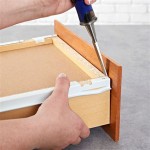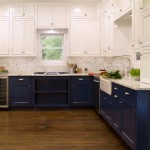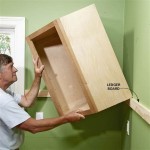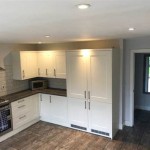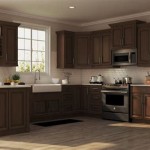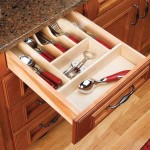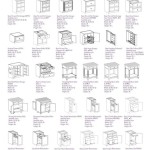Essential Aspects of Replacement Hinges For Kitchen Cabinets
Kitchen cabinets are a vital component of any kitchen, providing storage space and contributing to the overall aesthetics of the room. Hinges play a crucial role in ensuring that these cabinets open and close smoothly and securely. However, over time, hinges can become worn or damaged, leading to difficulties in opening and closing or even cabinet doors falling off completely.
When choosing replacement hinges for kitchen cabinets, it is essential to consider the following key aspects:
1. Hinge Type
There are various types of hinges available, each with its own advantages and disadvantages. Some of the most common types include:
- Butt Hinges: Traditional hinges that are visible on the exterior of the cabinet door.
- Inset Hinges: Hinges that are concealed within the cabinet frame, providing a more streamlined appearance.
- Semi-Concealed Hinges: A combination of butt and inset hinges, offering a partially concealed look.
- European Hinges: Hinges that mount on the interior of the cabinet and allow for a full 180-degree opening.
2. Material
The durability and lifespan of replacement hinges largely depend on the material they are made of. Common materials include:
- Steel: Strong and durable, but can be susceptible to rust.
- Stainless Steel: Resistant to corrosion and rust, making it ideal for moist environments.
- Brass: Durable and visually appealing, but can be more expensive.
- Plastic: Lightweight and cost-effective, but may not be as durable as metal hinges.
3. Cabinet Door Weight
The weight of the cabinet door is a significant factor in choosing replacement hinges. Hinges must be able to support the weight of the door without sagging or breaking. It is important to determine the weight of the cabinet door before selecting hinges.
4. Opening Degree
The opening degree refers to the angle at which the cabinet door can be opened. Standard hinges typically allow for 90-degree openings, while specialized hinges can provide wider openings up to 180 degrees.
5. Compatibility with Existing Cabinetry
Replacement hinges must be compatible with the existing cabinetry, including the cabinet door and frame. It is crucial to verify the hinge mounting holes, screw sizes, and overall dimensions to ensure a proper fit.
Conclusion
Choosing the right replacement hinges for kitchen cabinets is essential for ensuring the proper functionality, durability, and aesthetics of your cabinetry. By considering hinge type, material, cabinet door weight, opening degree, and compatibility, you can select hinges that meet your specific needs and enhance the overall performance of your kitchen cabinets.

Hafele Hinge Repair Kit Toolstation

Replacing Cabinet Hinges With Overlay Self Closing The Palette Muse

Wood Mode Cabinet Hinge And Adjustment Better Kitchens

Kitchen Hinge Fix

Hinges Installation Trick For Cabinets Young House Love

Kitchen Cabinet Corner Door Hinges Doors Replacement

Elysian 1 Piece Lazy Susan Hinge Face Frame Plate For Floded Door Kitchen Cabinet Corner Hinges Metal Replacement 135 Degree Open Com

Replacing Outdated Cabinet Hinges The Hardware Hut

Mgaxyff Kitchen Cabinet Door Hinges 5pcs Hydraulic Buffer Hinge Replacement Slow Close Stainless Steel Frameless Doors For Com

How To Fit Or Replace A Kitchen Hinge
Related Posts

